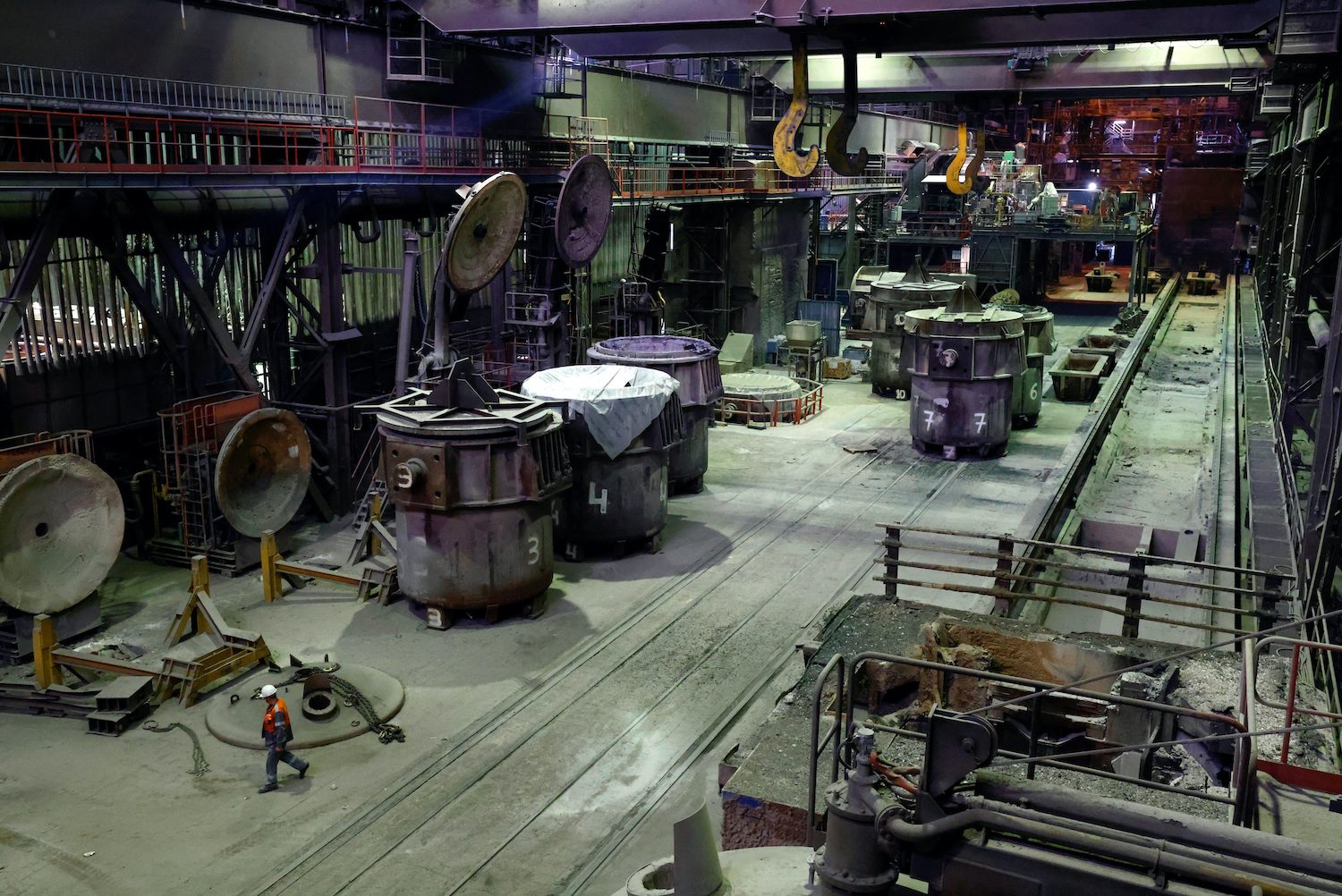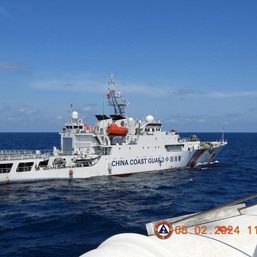SUMMARY
This is AI generated summarization, which may have errors. For context, always refer to the full article.

GENK, Belgium – Spiraling energy costs have forced steelmakers to cut output across Europe, threatening mass plant shutdowns some warn could be permanent in a sector that employs more than 300,000 and contributes tens of billions of euros to the region’s economy.
Even with four wind turbines and over 50,000 solar panels at its site in eastern Belgium, stainless steel maker Aperam has been forced to halt production as surging energy prices bite.
The company is now paying for energy in a month what it used to pay in a year and has idled a facility that would normally be melting stainless steel scrap and converting it into giant slabs, employing about 300 workers.
“We have temporary levers to overcome a certain period but this cannot last for years,” Aperam’s European chief Bernard Hallemans told Reuters from the quiet inside of the plant.
“If this [does], we will see a de-industrialization of sectors like ours and Europe will also, for base metals like ours, become dependent on imports.”
Summer maintenance would normally cap production at about 80% of capacity, but Hallemans says the figure is around 50% since late June, after Russia sharply cut gas supplies to Europe, sending already inflated prices to new records.
Imports into Europe, largely from Asia where energy prices are far lower but the carbon footprint higher, have risen from 20% to 25% in 2020 and 2021 to 40% this year, peaking at around 50% in the past weeks.
Hallemans says Europe must come up with answers. According to a McKinsey report last year, steel contributes about 83 billion euros ($80.97 billion) in direct value added to the region’s economy, directly employing 330,000 people.
The European Commission says EU trade defense measures protected 195,000 jobs in the steel industry in 2021, although critics say the energy cost gap is now so high that imports can be cheaper even with additional protective tariffs.
On energy, the European Union has failed to agree a gas price cap, but backed a plan to distribute excess revenues from power producers to users.
Hallemans says the potential payout producers such as Aperam would receive is unclear and could be months away, with energy prices sky-high just as Aperam seeks to bind customers to annual contracts.
‘Winter of de-industrialization’
In Germany, largely reliant on Russian gas to fuel its export-led economy, the steel industry is facing extra energy costs of 10 billion euros, about a quarter of the sector’s average annual turnover, with additional costs for the EU’s green transition.
“If we don’t pull the trigger now, a winter of de-industrialization threatens us in Germany,” said German steel federation WV Stahl president Hans Juergen Kerkhoff.
ThyssenKrupp Steel Europe has trimmed production there, with customers hesitant in the face of an emerging recession and energy prices that challenge its international competitiveness.
ArcelorMittal, the world’s second largest steelmaker, has also idled a blast furnace in Germany, along with others in France, Poland, and Spain, and forecast its fourth-quarter European production will be some 17% lower than a year earlier.
Adolfo Aiello, deputy-director of European steel federation Eurofer, says that if the energy crisis is not addressed in the short term, temporary stoppages could become more permanent, applying also to other energy-intensive sectors such as other metals, fertilizers, and chemicals.
Eurofer says the situation has worsened markedly since its August forecast of a modest 1.7% decline of European steel consumption this year, but a solid 5.6% rebound in 2023.
The federation’s next quarterly outlook is only due in late October, but director of economic studies Alessandro Sciamarelli says the 2022 decline will be deeper than the current forecast, with a drop also seen in 2023.
“Events of the last two months have completely upset the picture,” he said.
The 1,200 employees at Aperam’s Genk plant risk temporary unemployment, with take-home pay cut by at least a fifth just as inflation hits 10%.
The plant has suffered temporary stoppages before, notably during the 2008-2009 global financial crisis.
“Today nobody knows how the energy prices [will go]…how will our customers react, will we be able to pay the bills, and so on,” said production manager Yves Dufrane ahead of a three-day stoppage at his downstream facility.
“I think it’s worse than we experienced in 2009.” – Rappler.com
$1 = 1.0250 euros
Add a comment
How does this make you feel?




![[ANALYSIS] Why do we pay higher power rates when we have power outages?](https://www.rappler.com/tachyon/2024/07/tl-higher-power-rates-higher-power-outages.jpg?resize=257%2C257&crop=401px%2C0px%2C1080px%2C1080px)











There are no comments yet. Add your comment to start the conversation.